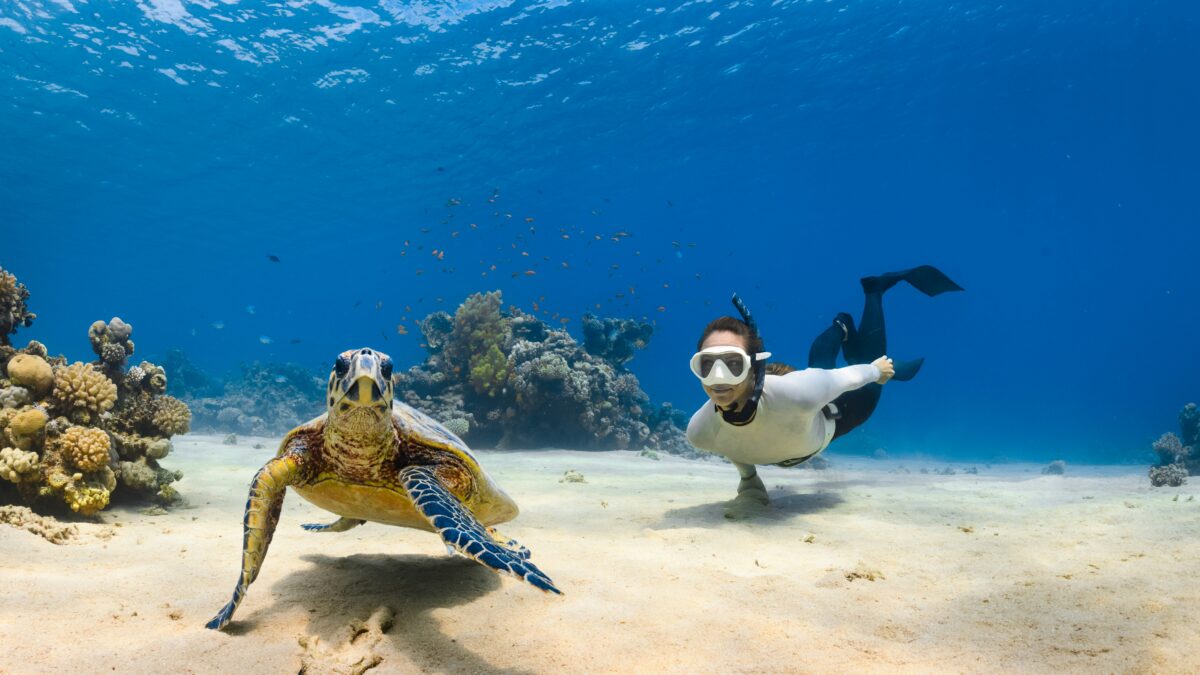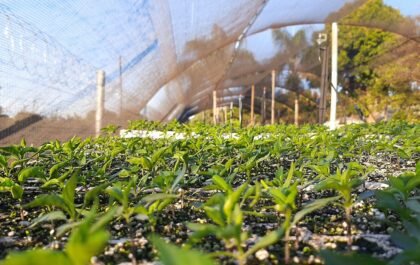Introduction to Endangered Species
The animal kingdom is vast and full of wonders. Yet, lurking within its beauty are the harsh realities faced by endangered species. These unique creatures teeter on the brink, their futures hanging in the balance due to various factors beyond their control. Their plight often goes unnoticed, overshadowed by more immediate concerns in our daily lives.
But why should we care? The answer lies not just in their intrinsic value but also in the vital roles they play in our ecosystems. Each species contributes to a delicate web of life that sustains our planet. Losing even one can create ripple effects that impact us all—humans included.
Join us as we dive deep into this critical issue, uncovering what it truly means for a species to be endangered and shedding light on those fighting against time to protect them. It’s an urgent call for awareness and action—a journey through which we can better understand how intertwined our fates really are with those of these remarkable animals.
Causes of Endangered Species
Endangered species face numerous threats that stem from both natural and human influences. One of the primary causes is habitat destruction. Urban expansion, agriculture, and deforestation clear vast areas where animals once thrived.
Pollution plays a significant role as well. Contaminants in water, air, and soil can poison wildlife or disrupt their reproductive systems.
Overexploitation is another critical factor. Illegal poaching for exotic pets or traditional medicine reduces populations to alarming levels.
Climate change adds an additional layer of danger. Altered weather patterns affect food availability and breeding cycles for many creatures.
Invasive species also jeopardize native animals by competing for resources or introducing diseases they haven’t encountered before. Each cause intertwines with others, creating a complex web of challenges that endangered species must navigate daily.
Case Studies of Endangered Species
The plight of endangered species often captures the heart. Take the Amur leopard, for example. With fewer than 100 individuals left in the wild, this elusive cat faces habitat loss and poaching. Conservationists strive to protect its remaining territory in Russia and China.
Another compelling case is that of the vaquita porpoise. This tiny marine mammal teeters on the brink of extinction, with an estimated population of just about 30. The illegal gillnets used for fishing threaten its survival daily.
Then there’s the Sumatran orangutan. Deforestation driven by palm oil plantations has decimated their habitat in Indonesia and Malaysia. Organizations work tirelessly to rehabilitate these magnificent creatures and restore their forest homes.
Each species tells a story—one filled with urgency and hope intertwined within nature’s fabric.
Efforts to Save Endangered Species
Across the globe, countless initiatives aim to protect endangered species. Conservation organizations work tirelessly to raise awareness and funds for vital projects. They focus on habitat preservation, breeding programs, and reintroduction efforts.
Community involvement plays a crucial role in these endeavors. Local populations often engage in eco-tourism or conservation volunteering. This connection fosters a deeper understanding of wildlife protection.
Governments also contribute by establishing protected areas and enacting laws against poaching and illegal trade. International treaties like CITES help regulate species exploitation across borders.
Innovative technologies have emerged as powerful allies in this fight. Camera traps monitor wildlife populations while drones survey vast landscapes for illegal activities.
Education is key—empowering people with knowledge about biodiversity strengthens the cause. Schools incorporate lessons on environmental stewardship, inspiring future generations to cherish our planet’s treasures. The combined efforts can lead us toward a brighter future for endangered species everywhere.
Role of Humans in Conservation
Humans play a pivotal role in conservation efforts across the globe. From local initiatives to international treaties, our actions shape the future of endangered species.
Community-driven projects often lead the charge. Local groups work tirelessly to protect habitats and educate others about wildlife preservation. Their passion fosters a connection between people and nature.
On a broader scale, governments enact laws that safeguard threatened animals. Protected areas like national parks serve as sanctuaries for diverse ecosystems.
However, it’s not just institutions making strides. Individuals can make impactful choices too; from reducing plastic use to supporting sustainable products, every small action counts.
Technology also enhances conservation techniques. Drones monitor habitats while camera traps gather crucial data on animal populations.
Collaboration is key in this fight for survival. By working together—scientists, policymakers, and everyday citizens—we can create lasting change for our planet’s most vulnerable inhabitants.
The Impact of Climate Change on Endangered Species
Climate change poses a significant threat to countless endangered species around the globe. As temperatures rise, habitats shift and ecosystems are disrupted. This creates challenges for animals that rely on specific environments for survival.
For instance, polar bears depend on sea ice to hunt seals. With melting ice due to warming oceans, their hunting grounds shrink, leading to decreased food availability. The struggle becomes more severe each year.
Coral reefs also face dire consequences from increased ocean temperatures and acidification. Many marine species depend on these vibrant ecosystems for shelter and sustenance. As corals bleach and die off, entire communities of fish are left vulnerable.
Shifts in weather patterns can further impact migration routes and breeding cycles for birds and mammals alike. Animals may find themselves unable to adapt quickly enough as climate conditions evolve at an unprecedented pace.
Every small change reverberates through the interconnected web of life we all share—a reminder of our fragile ecosystem’s balance.
Why We Must Protect Our Animal Kingdom
The plight of endangered species is a pressing issue that resonates deeply with all of us. Every creature plays a vital role in maintaining the delicate balance of our ecosystems. When one species vanishes, it can create a ripple effect that impacts countless others.
Protecting these animals means preserving biodiversity. A rich variety of species contributes to healthier environments. This diversity supports everything from pollination to pest control, directly affecting agriculture and human food sources.
Moreover, many cultures around the world are intertwined with their local wildlife. The stories we tell and the traditions we uphold often stem from our connection to nature’s wonders. Losing these creatures diminishes not only ecosystems but also cultural heritage.
Human activities have paved paths toward extinction for many species across the globe. Yet, we possess the power to change this narrative through conservation efforts and responsible choices in our daily lives. By reducing waste, supporting sustainable practices, and advocating for wildlife protection laws, every individual can make an impact.
Climate change poses another significant threat to vulnerable populations. As temperatures rise and habitats shift or disappear altogether, many species struggle to adapt quickly enough—but there’s hope in innovation and science-driven solutions designed by passionate individuals working tirelessly towards recovery strategies.
Protecting endangered species safeguards our planet’s future while enriching human life itself with beauty and wonder found within nature’s embrace. Each step taken today leads us closer toward ensuring generations will experience Earth’s incredible tapestry—one woven together by its myriad inhabitants who deserve a chance at survival alongside humanity.
























